VILLUM Experiment millions to six NBI researchers
Six researchers from the Niels Bohr Institute at the University of Copenhagen have received just under DDK 11 million in research funding from the Villum Foundation, which will be used for projects or ideas that are anything but mainstream. You have to try something new to move the limits of our knowledge and ability, and that is exactly what the Villum Experiment Grants are intended for.

Jan Thomsen, head of department at NBI says, "that the Villum Experiment program aims at radical and innovative ideas, where the assessment and review process has been radically changed from the usual approach. Of about 400 Villum Experiment applications, only approx. 50 projects were awarded funds - six of these to researchers at the Niels Bohr Institute.
He continues: 'We are really proud of landing six exciting projects this year, emphasizing a high degree of creativity combined with a professional weight among the researchers at the Niels Bohr Institute. The 6 projects range widely from studies of the Greenlandic ice sheets to quantum gravitation, and testify to a wide range of academic capacity at the institute.
Read more here: 53 bold ideas receive funding from VILLUM FONDEN >>
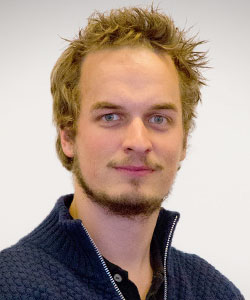 Martin Cramer Pedersen ( 1.427.427 DKK )
Martin Cramer Pedersen ( 1.427.427 DKK )
In-surface geometric analysis of hyperbolic structure formation in molecular simulations
Recent developments in computational geometry and combinatorial group theory have allowed for a new computational pipeline, which enables mappings between curved surfaces in Euclidean three-space (width-height-depth) and the hyperbolic plane. Notable examples of the emergence of these surfaces and their decorations include scaffolds in butterfly wing scales, membrane protein crystallization in cubic lipid phases, and elaborate block-copolymer structures.
This project outlines an approach, which will open a string of possibilities for new excursions in condensed matter physics, most notably to analyze self-assembled structures and defect patterns on curved surfaces by “unwrapping'' them to the hyperbolic plane and the development of new simulation methodology by performing molecular simulations via the hyperbolic plane and mapping back to Euclidean space.
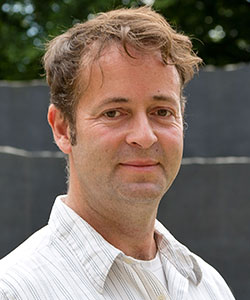 Markus Jochum (1.903.000 DKK)
Markus Jochum (1.903.000 DKK)
Probing the Unknown: Observing ocean turbulence
The boundary conditions for water in a tank are well known, but theories about the ocean circulation or geophysical flows in general do not and cannot consider individual molecules. Instead they discuss volumes of liquids or gas, and it is not clear anymore what the boundary conditions should be; mostly they are inferred from tank experiments or direct numerical simulations.
Here, we will exploit a unique geographic setting in a fjord to directly observe oceanic flow as well as how this flow interacts with the steep sidewalls. The boundary conditions and turbulence closures derived from these observations will be implemented in a global ocean model.
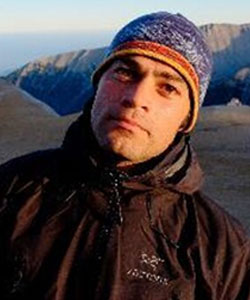 Vasileios Gkinis ( 1.995.084 DKK )
Vasileios Gkinis ( 1.995.084 DKK )
Unraveling paleo-climate knots with lasers
The goal of the project is to decrypt seemingly lost past-climate information from the bottom of a Greenland ice core by developing the most advanced measurement method for polar ice cores.
We are proposing a novel method to “untangle” the disturbed stratigraphy at the bottom part of the GRIP deep ice core – the fact that the seasonal layers of the ice have become mixed together, possibly including data from the second last glacial period, which ended approx. 128.000 years ago.
To do this we will develop a new, beyond state of the art analytical technique for measuring water isotopes in polar ice by using a unique combination of UV laser ablation and IR Cavity Ring Down Spectroscopy.
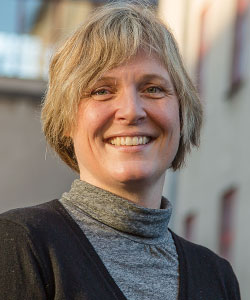 Christine Hvidberg (1.992.775 DKK )
Christine Hvidberg (1.992.775 DKK )
Exploration rovers for investigation of ice sheet changes in Greenland
The Greenland ice sheet is losing mass these years. The mass loss occurs mainly along the margins, while the vast interior regions comprising about 80% of the total area have remained stable or slightly thickened. Direct observations are sparse in these remote and hostile areas, yet they are crucial for interpretation of remote sensing observations and validation of climate models.
Our vision is to develop an array of autonomous rovers to explore the interior of the Greenland ice sheet continuously, even through winter seasons where satellite observations are limited due to the polar night. This will dramatically increase the amount of in-situ observations from these areas, and thereby advance the understanding of how ice sheets respond to climate change and their contribution to future sea level changes.
The project involves scientists, engineers and students and the grant will be used for an engineer and equipment.
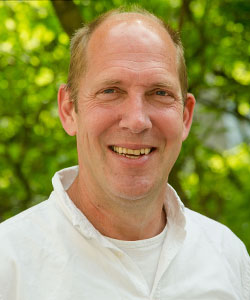 Niels Obers (1.814.002 DKK )
Niels Obers (1.814.002 DKK )
The 7th Corner of the Cube of Physical Theories: A new route towards quantum gravity
A region that is often overlooked In the landscape of physical theories is the nonrelativistic gravity
Regime, which is a not fully understood regime of the classic theory of relativity. Contrary to common lore, it is becoming clear that the theory of nonrelativistic gravity is much richer than was so far appreciated, containing much more than just Newtonian gravity. At the same time it is expected that nonrelativistic gravity at the smallest distance levels, i.e. quantum nonrelativistic gravity is expected to be much simpler than its relativistic counterpart in the same spirit that quantum mechanics is simpler than quantum field theory.
This project aims therefore at exploring the large unchartered territory of classical and quantum nonrelativistic gravity and relating it to the leading approaches towards relativistic quantum gravity, namely string theory and holography. A good example of our expectations could be finding better explanations to phenomena related to black holes – which requires going beyond Einstein’s theory of relativity. We expect that this will open an entirely new road towards understanding quantum gravity, and therewith the quantum description of black holes and more generally the emergence of spacetime.
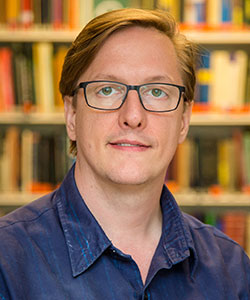 James Avery (1.697.606 DKK)
James Avery (1.697.606 DKK)
Folding carbon: A Calculus of Molecular Origami
Fullerenes are a large class of carbon molecules that form polyhedral cages in many shapes. To date, only a few types have been synthesized, namely the C60 "Buckyball" and nanotubes, but these have already
created revolutionary materials with important uses in medicine, solar cells, energy storage, artificial muscles, and so on.
Unfortunately, most theoretical fullerenes are too unstable to be realized, and there are too many for us to find those that could potentially be created in a lab. Theory predicts 132,247,999,328 distinct C400 fullerene molecules: a systematic quantum chemical analysis would take millions of years with current methods.
This project aims to develop new mathematical methods to analyze fullerenes many orders of magnitude faster than presently possible. The idea is to solve wave equations directly on certain non-Euclidean surface geometries, which I derive from combinatorial geometry in a few microseconds. The aim is computational methods that facilitate searching through the many millions of theoretical structures in order to find those that could potentially be synthesized, and that have interesting chemical and physical properties.
Using the same mathematical tools, I intend to calculate planar molecules that fold up to desired fullerene structures by autoassembly. The goal is a method for automatically discovering recipes for chemical synthesis.
